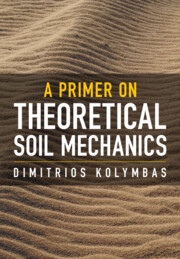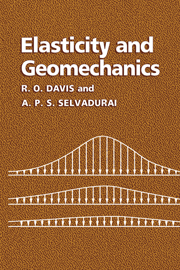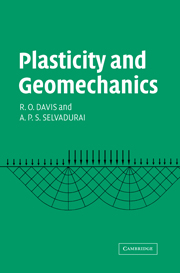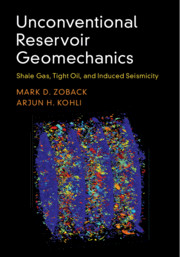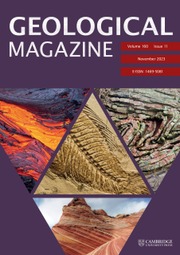A Primer on Theoretical Soil Mechanics
A Primer to Theoretical Soil Mechanics is about adapting continuum mechanics to granular materials. The field of continuum mechanics offers many fruitful concepts and methods, however there is declining interest in the field due to its complex and fragmented nature. This book's purpose is therefore to facilitate the understanding of the theoretical principles of soil mechanics, as well as introducing the new theory of barodesy. This title argues for barodesy as a simple alternative to the plasticity theory used currently and provides a systematic insight into this new constitutive model for granular materials. This book therefore introduces a complex field from a fresh and innovative perspective using simple concepts, succinct equations and explanatory sketches. Intended for advanced undergraduates, graduates and PhD students, this title is also apt for researchers seeking advanced training on fundamental topics.
- Introduces theoretical soil mechanics from a fresh perspective
- Provides a simple and concise explanation of the theoretical foundations of soil mechanics
- Presents new and innovative theory of barodesy designed to cultivate new perspectives
Reviews & endorsements
‘The last several decades have seen a surge of papers on the constitutive modelling of soils, the vast majority of them based on complex and often obscure plasticity concepts. Scientists not specializing in the field lost track and got largely confused. The present book by one of the most prominent scholars in the field succeeds in structuring both the fundamentals and the essential knowledge gained hitherto in a very appealing concise form … The underlying principles are easy to follow and the resulting equations astonishingly short. Predictions of the soil response reproduce all essential features observed in experiments. Besides theory, the text contains justified criticism on current issues in civil engineering. The book is a pleasure to read, and will hopefully become, especially for young scientists, a guide to navigate through the complex field of soil mechanics.’ Christos Vrettos, Technical University of Kaiserslautern
‘With this book, Prof. Kolymbas has successfully created a future reference work in which the connections between continuum mechanics and soil mechanics are presented clearly and precisely. The author systematically bridges the topics of soil mechanics with continuum mechanics. First, the basic to more manifold soil behavior is introduced, followed by the basics of continuum mechanics. Later, an introduction to different frameworks for modelling soils, such as Plasticity, Hypoplasticity and Barodesy, is given. Prof Kolymbas has created an objective book written with passion and inspiration.’ Hans Henning Stutz, Karlsruhe Institute of Technology, Institute for Soil Mechanics and Rock Mechanics
‘This work by Kolymba is simply fantastic: as a primer on 'continuum mechanics adapted to soil, a granular material' (p. ix) it is surprisingly - even incredibly - readable and readily understandable, against all possibly preemptive expectations held by prospective readers … a very attractive textbook choice for any student of geology, engineering, or soil science … Highly recommended.’ M. S. Field, Choice
Product details
July 2022Adobe eBook Reader
9781009210324
0 pages
This ISBN is for an eBook version which is distributed on our behalf by a third party.
Table of Contents
- Preface. 1. Granular materials as soft solids
- 2. Mechanical behaviour of soil – experimental results
- 3. Mechanical behaviour of soil – intuitively
- 4. Vectors and tensors
- 5. Fields
- 6. Deformation
- 7. Stress
- 8. Conservation laws (balance equations)
- 9. Internal friction and shear strength
- 10. Collapse
- 11. Constitutive equations
- 12. Elasticity
- 13. Elastic waves
- 14. Plasticity theory
- 15. Hypoplasticity
- 16. Barodesy
- 17. Uniqueness
- 18. Symmetry
- 19. Interaction with water
- 20. Computing in soil mechanics
- 21. Outlook. References. Index.

